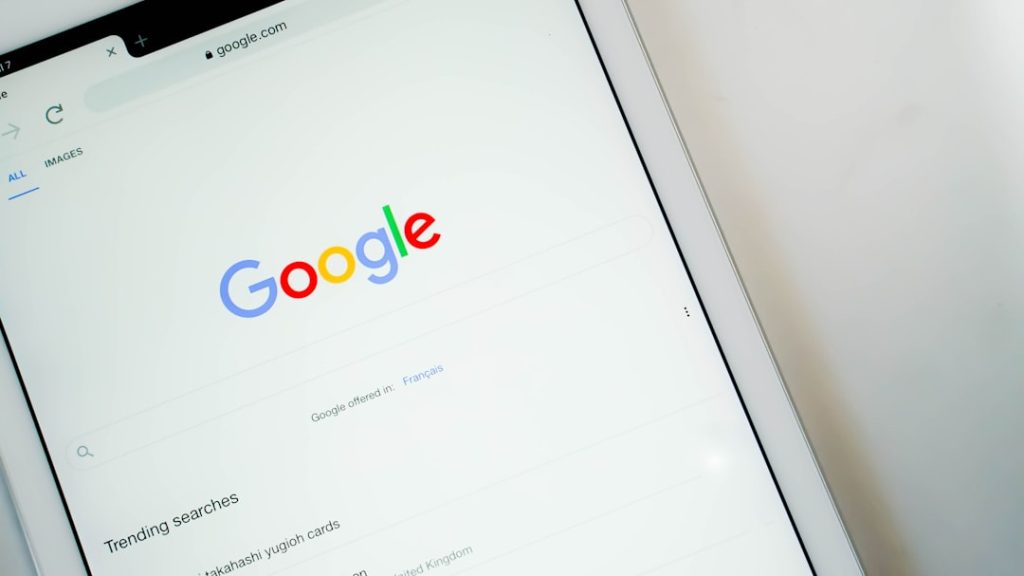So, you’ve poured your heart and soul into crafting articles, hitting that publish button with a mix of excitement and anticipation, only to find…crickets. Your articles are nowhere to be found on Google. It’s like shouting into the void, right? Don’t worry, you’re not alone. Let’s troubleshoot why your masterpieces might be MIA and how to get them seen.
First Things First: Are You Indexed?
Before we dive deep, let’s make sure Google even knows your article exists. Think of it like this: if your website isn’t in Google’s index, it’s like your phone number isn’t in the phone book. No one can find you.
How to check: Head over to Google and type site:yourdomain.com/your-article-url. Replace yourdomain.com/your-article-url with the actual URL of the article. If nothing shows up, your page isn’t indexed.
What to do if you’re not indexed:
- Submit your sitemap to Google Search Console: This is like giving Google a map of your entire website.
- Request indexing directly: In Google Search Console, you can “fetch” your URL and ask Google to crawl it.
- Internal linking: Make sure your new article is linked to from other pages on your website. This helps Google find it.
Content is King, But Quality is Queen
Okay, so Google knows your article exists. Great! But that’s just the first hurdle. Now, the question is: Is your content good enough to rank?
Google loves valuable content. Here’s what that looks like:
- Originality: Is your article saying something new, or is it just rehashing what everyone else is saying? Google penalizes duplicate content.
- Depth: Does your article thoroughly cover the topic? Aim for comprehensive guides rather than shallow summaries.
- Accuracy: Are your facts straight? Back up your claims with credible sources.
- Readability: Is your article easy to read and understand? Use headings, subheadings, bullet points, and short paragraphs.
- User Intent: Does your article satisfy the user’s search query? Understand what people are looking for when they type in a specific keyword.
Keywords: The Bridge Between Searcher and Content
Keywords are the words and phrases people type into Google. You need to use these keywords in your article so Google knows what it’s about.
Keyword mistakes to avoid:
- Keyword stuffing: Don’t cram keywords into your article unnaturally. Google will penalize you for this.
- Ignoring long-tail keywords: These are longer, more specific phrases (e.g., “best hiking boots for women with wide feet”). They often have less competition and can attract a more targeted audience.
- Not using keywords naturally: Integrate keywords seamlessly into your writing. They should sound natural and not forced.
How to find the right keywords:
- Google Keyword Planner: Google’s free tool for researching keywords.
- SEMrush, Ahrefs, Moz: Paid tools that offer more in-depth keyword research and competitor analysis.
- Think like your audience: What would they type into Google to find your article?
Technical SEO: The Foundation for Success
Technical SEO refers to the behind-the-scenes aspects of your website that affect its search engine ranking. If your website has technical issues, it can prevent your articles from ranking, no matter how good they are.
Key technical SEO factors:
- Mobile-friendliness: Is your website easy to use on smartphones and tablets? Google prioritizes mobile-friendly websites.
- Page speed: Does your website load quickly? Slow websites frustrate users and hurt your ranking.
- Website architecture: Is your website easy to navigate? Can Google easily crawl and index your pages?
- HTTPS: Is your website secure? HTTPS encrypts data transmitted between your website and visitors’ browsers.
Backlinks: Votes of Confidence
Backlinks are links from other websites to your article. Think of them as votes of confidence. The more high-quality backlinks you have, the more authoritative your article will appear to Google.
How to get backlinks:
- Create amazing content: The best way to attract backlinks is to create content that people want to link to.
- Guest blogging: Write articles for other websites in your industry and include a link back to your website.
- Outreach: Contact other website owners and bloggers and ask them to link to your article.
- Broken link building: Find broken links on other websites and offer your article as a replacement.
Patience is a Virtue
SEO takes time. It can take weeks or even months for your articles to start ranking on Google. Don’t get discouraged if you don’t see results immediately.
Analyze and Adapt
SEO is an ongoing process. Keep track of your rankings, traffic, and backlinks. Analyze what’s working and what’s not, and adjust your strategy accordingly.
Tools for tracking your progress:
- Google Analytics: Track your website traffic and user behavior.
- Google Search Console: Monitor your website’s performance in Google search.
- SEMrush, Ahrefs, Moz: Paid tools that offer more advanced tracking and analysis features.
Getting your articles to rank on Google isn’t a walk in the park, but with a little effort and persistence, you can get your voice heard. Remember to focus on creating high-quality content, optimizing your website for search engines, and building backlinks. Good luck!
